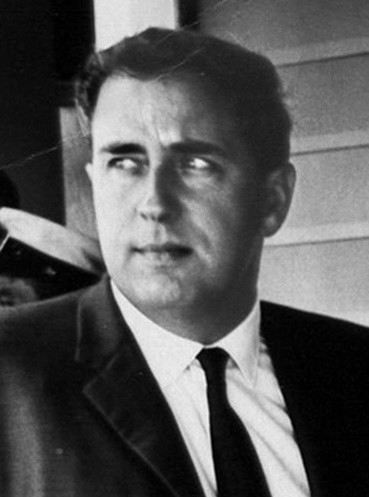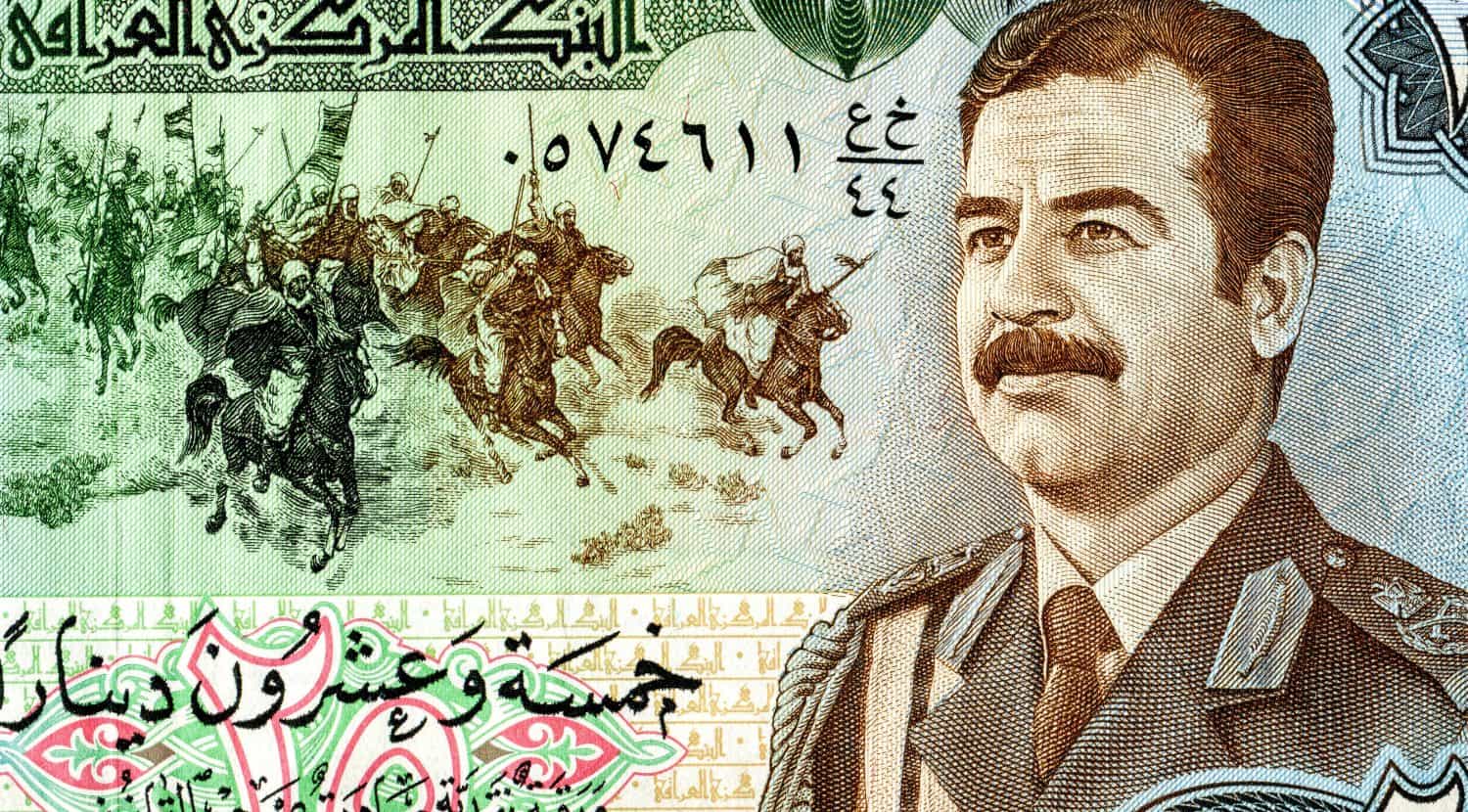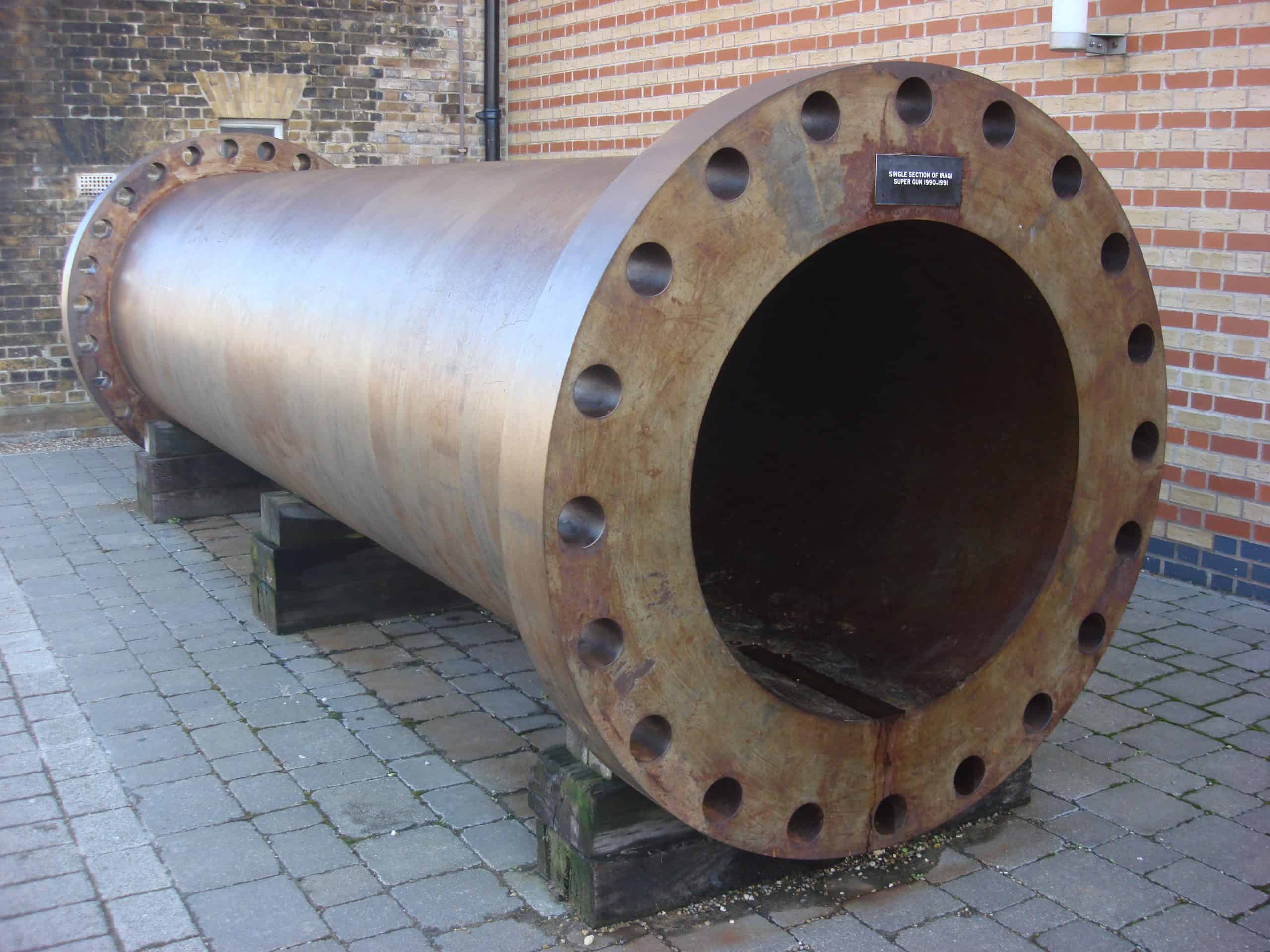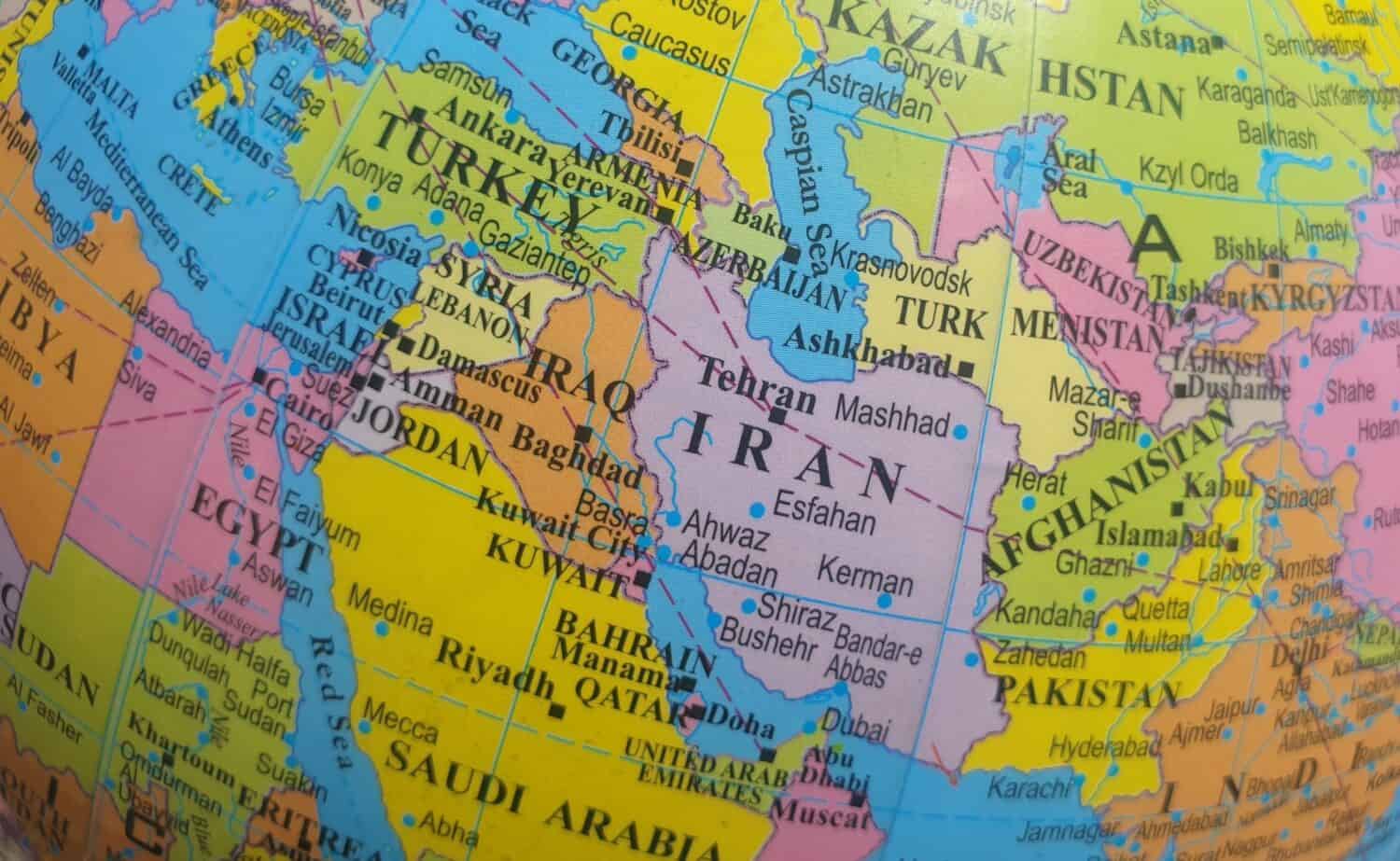Military
This Dictator Built a 'Super Gun' That Could Fire Projectiles Into Orbit

Published:
Last Updated:

What if you built a gun so powerful it could fire projectiles into space? That’s exactly what Iraqi dictator Saddam Hussein tried to do . . . and he wasn’t the first. Find out how this technology was developed, what Saddam intended to do with it, and what finally happened to the project.
24/7 Wall St. Insights

A space gun was not an original idea for Iraq. In fact, the only one that was ever built and used was a joint venture of the United States and Canada in the 1960s. Project HARP, or “High Altitude Research Project” tested a 16-inch (410 mm) supergun to gather data on the upper atmosphere for research on re-entry vehicles for spacecraft. It was able to fire projectiles 111.8 miles (179 km) above the Earth: the world record for the highest altitude achieved by a projectile fired from a gun. (For comparison, the lowest orbit a satellite can sustain without falling back to earth is 160 km).

Project Harp was conceived and directed by Canadian scientist Gerald Bull. It ran from 1962-67, but was canceled for political and financial reasons. After receiving the assets of the project, Bull started the Space Research Corporation to commercialize the technology he had helped develop. The company did projects for China, Chile and Taiwan.
Bull was arrested in 1977 for supplying arms to South Africa, which was under sanctions for apartheid at the time, and his company was dissolved. After his release, Bull restarted the company in Belgium and began working for the Iraqi government. However, he was murdered in 1990. No one was ever charged in the crime, but it is widely believed the Israeli Mossad assassinated him because of his collaboration with Iraq.

Saddam Hussein was president of Iraq from 1979-2003. Not only was he one of the world’s most brutal tyrants to his own people, he also launched failed wars against Iran (1980-88) and Kuwait (1990) and launched 42 missiles at Israel in 1991. An international coalition defeated Iraq in two different military campaigns, resulting in Hussein’s removal from power, trial, and execution in 2003.

Though we don’t know all the motivations Saddam Hussein had for pursuing supergun technology, there are at least three fairly transparent possibilities:

Iraq’s supergun effort was called Project Babylon and ran from 1988-1990. Out of possibly four different models of super guns planned, the only one that was actually assembled and tested was “Baby Babylon.” This was a 13.8 inch-bore gun with a 151-foot long barrel weighing over 100 tons. It was set up on a hillside and test-fired with a maximum range estimated at 466 miles. However, it could not be aimed and was too heavy to move quickly to avoid being bombed, so it was not very much of a threat to its neighbors.

Iraq’s second attempt at a space gun was “Big Babylon.” The concept called for a barrel 512 feet long with a bore of 39 inches and weighing 2,100 tons. This gun was big enough to fire satellites into orbit, or missiles at Iraq’s neighbors. Again, though, it could not be aimed or moved without disassembly, so Iraq planned to use the technology to build mobile cannons that could be elevated and trained on a specific target. These would have been about 100 feet long, had a bore of 13.8 inches, and a range of about 625 miles, bringing Israel and central Iran within range of their firepower.

Iraq’s ambitions to have the world’s biggest gun came to an end in 1990 when Gerald Bull was assassinated in Brussels and European governments began confiscating shipments of components of the Big Babylon gun. The hardware and prototypes already in Iraq were destroyed by coalition forces. Sections of the gun seized by UK customs were put on display in museums there.

So will a supergun ever be built in the future? Never say never. It’s a technology that could be used on Earth or in the lower gravity of the Moon to get satellites into space. However, as a military weapon, the size and lack of maneuverability make the supergun a liability. Ballistic missiles and drones have proven to be the more enduring technology for military applications. Whether in investing or in defense budgets, that seems to be where the smart money should go.
Retirement planning doesn’t have to feel overwhelming. The key is finding expert guidance—and SmartAsset’s simple quiz makes it easier than ever for you to connect with a vetted financial advisor.
Here’s how it works:
Why wait? Start building the retirement you’ve always dreamed of. Click here to get started today!
Thank you for reading! Have some feedback for us?
Contact the 24/7 Wall St. editorial team.